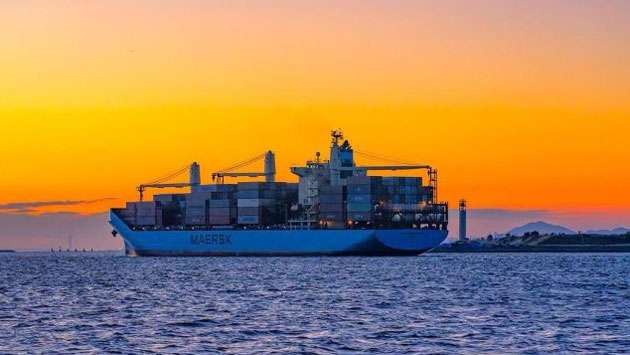The Trump administration’s proposal to revive U.S. shipbuilding by imposing higher port fees on Chinese-made vessels is facing strong opposition from industry leaders, who warn that the move could cripple American ports, raise consumer prices and lead to tens of thousands of job losses.
The plan, currently under review by the U.S. International Trade Commission (USITC), would apply to nearly 98% of ships calling at U.S. ports and increase shipping costs by up to $800 per container. The World Shipping Council estimates that it could act as a hidden tax of $30 billion annually on U.S. consumers.
“We’re looking at a logistics nightmare,” said Sam Cho of the Port of Seattle. “Ports outside of Los Angeles and Long Beach could become ghost towns, and our supply chains could collapse, just as they did during COVID.”
The consequences could ripple across the economy. Smaller ports — 95 of the nation’s 103 — could be pushed to the brink, and agricultural exporters are warning of a loss of shipping options and falling commodity prices. The American Soybean Association expects soybean export prices to fall by 7% due to rising transportation costs.
Critics also point to a harsh reality: The U.S. shipbuilding sector, which operates at less than 1% of China’s capacity, lacks the infrastructure to fill the gap. “The ships simply don’t exist,” said Joe Kramek, president of the World Shipping Council. “It would take years , if not decades to build them in America and cost four times as much.”
With more than 70% of U.S. export tankers being built in China and aging American vessels nearing retirement, shipping executives warn that the proposed tariffs could disrupt international trade, weaken the competitiveness of U.S. exports, and damage relationships with key global partners.
As the lawsuits continue, the maritime industry is calling for a rethink of the policy before it creates a supply chain storm with global consequences.





